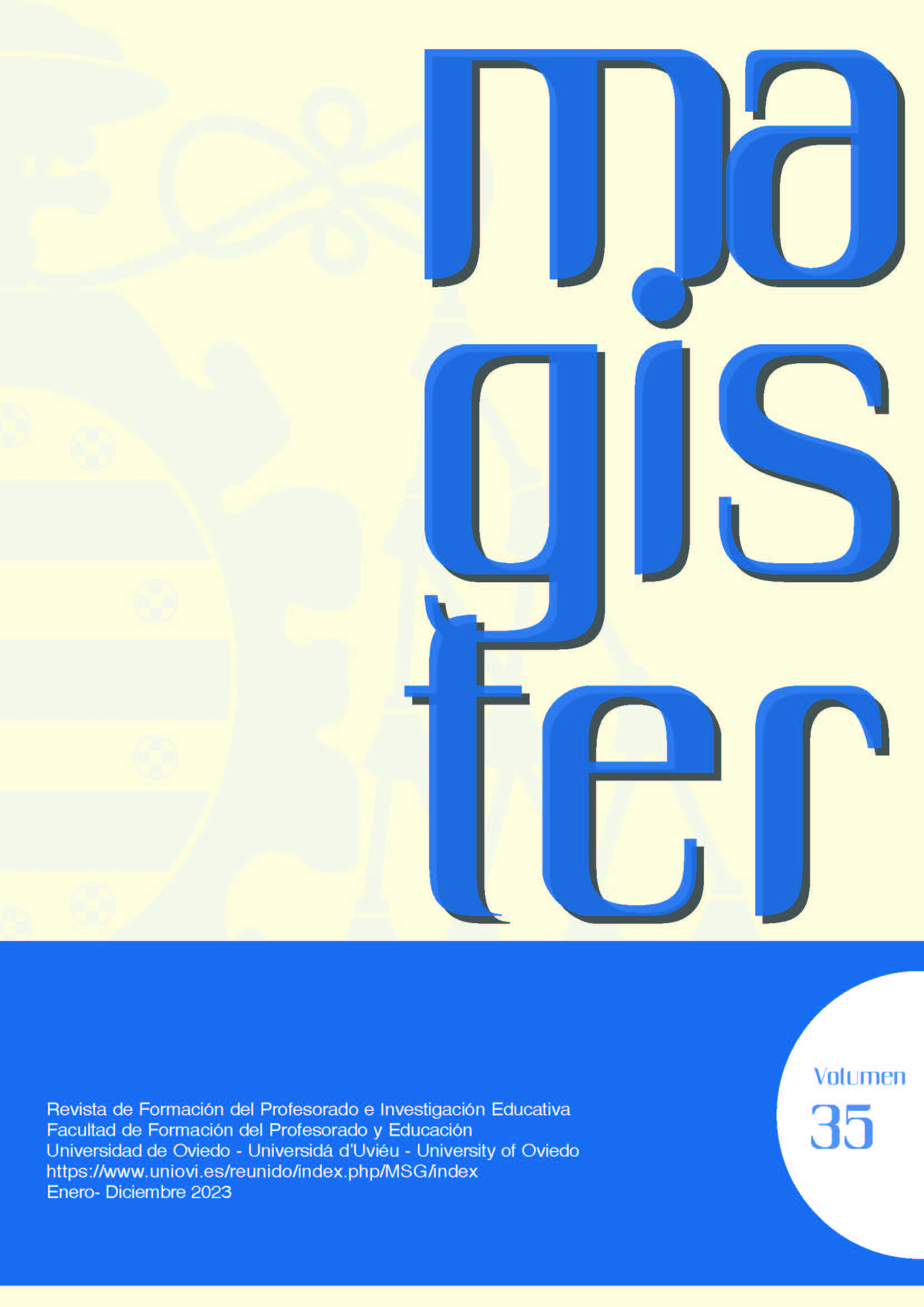Abstract
In recent years and due to the health crisis, the opportunities for face-to-face international cooperation have been limited, and the Miguel Hernández University of Elche (UMH) developed a proposal to consider non-face-to-face international cooperation. The aim of the study was to apply a protocol based on virtual platforms and collaborative tools to promote the internationalization of training for research. Contacts were established between laboratories of the parent research centre and other international collaborating centres. Participants were assigned an international peer from each centre. Between January and May 2022, a work plan was established in four phases, for the use of virtual tools. In the pilot project, five pairs of doctoral students completed the work plan. The results of the collaborations were published in an open collaborative Padlet. Niches for transfer and future collaboration between research groups were established. The students valued this project as useful for learning about different cultural and social contexts, for finding ways to transfer the research in the crossed socioeconomic context and to overcome the mobility restrictions imposed in recent years.
References
Bedford, J., Enria, D., Giesecke, J., Heymann, D. L., Ihekweazu, C., Kobinger, G., Lane, H. C., Memish, Z., Oh, M. don, Sall, A. A., Schuchat, A., Ungchusak, K., & Wieler, L. H. (2020). COVID-19: towards controlling of a pandemic. Lancet, 395(10229), 1015–1018. https://doi.org/10.1016/S0140-6736(20)30673-5
Bowen, K., Barry, M., Jowell, A., Maddah, D., & Alami, N. H. (2021). Virtual Exchange in Global Health: an innovative educational approach to foster socially responsible overseas collaboration. International Journal of Educational Technology in Higher Education, 18(1), 1–11. https://doi.org/10.1186/S41239-021-00266-X/METRICS
Braaten, M., & Windschitl, M. (2011). Working toward a stronger conceptualization of scientific explanation for science education. Science Education, 95(4), 639–669. https://doi.org/10.1002/SCE.20449
Case, S. J., Collins, S. L., & Wood, E. A. (2022). Global health-based virtual exchange to improve intercultural competency in students: Long-lasting impacts and areas for improvement. Frontiers in Public Health, 10, 1044487. https://doi.org/10.3389/FPUBH.2022.1044487
Council of Europe (2016). Competences for democratic culture – Living together as equals in culturally diverse democratic societies. http://book.coe.int
Council of Europe (2018). Reference Framework of Competences for Democratic Culture. http://www.coe.int
Dooly, M., & O’Dowd, R. (2018). Telecollaboration in the foreign language classroom: A review of its origins and its application to language teaching practices. In M. Dooly & R. O’Dowd (Eds.), In This Together: Teachers’ Experiences with Transnational, Telecollaborative Language Learning Projects (pp. 11–34). Peter Lang International Academic Publishers.
Fung, C., Maxwell, N., Powell, S., Benassai, M., Chunga, N., Corcoran, J., Barbosa, W., Lopez, M., Hanampa, B., Llaiqui-Condori, M., Delgado-Lazo, V., Mendoza, K., Astete, Y., Flor, M., Palacios, S., Valdovinos, B., Risco, J., Camargo, I., Jozefowicz, R., & Lizárraga, K. J. (2022). Virtual Adaptation of an International Exchange Program in Medical Education. Annals of Global Health, 88(1), 52. https://doi.org/10.5334/AOGH.3663
Gnesdilow, D., & Puntambekar, S. (2022). Comparing Middle School Students’ Science Explanations During Physical and Virtual Laboratories. Journal of Science Education and Technology 31, 191–202. https://doi.org/10.1007/s10956-021-09941-0
Kramsch, C. (1993). Context and Culture in Language Teaching. Oxford University Press. https://books.google.com.cu/books?id=73rFnM6qlrwC&printsec=frontcover#v=onepage&q&f=false
Leask, B. (2015). Internationalizing the Curriculum: Internationalization in Higher Education. Routledge. https://www.routledge.com/Internationalizing-the-Curriculum/Leask/p/book/9780415728157
Maldonado, M. J., Agudelo, S. I., Suarez, J. D., & Gamboa, O. (2020). Educational strategy for the development of skills in exchange transfusion: a randomized clinical trial protocol. Trials, 21(1), 387. https://doi.org/10.1186/S13063-020-04312-3
McNeill, KL., Berland, LK., & Pelletier, P. (2017). Constructing explanations. In C. Schwarz, C. Passmore, & BJ. Reiser (Eds.), Helping students make sense of the world using next generation science and engineering practices (pp. 205-228). National Science Teachers Association Press.
Michl, S., Katsarov, J., Krug, H., Rogge, A., & Eichinger, T. (2021). Ethics in times of physical distancing: virtual training of ethical competences. GMS Journal for Medical Education, 38(1), 1–6. https://doi.org/10.3205/ZMA001424
Mirza, A., Gang, L., & Chiu, T. (2021). Utilizing virtual exchange to sustain global health partnerships in medical education. Annals of Global Health, 87(1), 24. https://doi.org/10.5334/AOGH.3179/METRICS/
O’Dowd, R. (2020). A transnational model of virtual exchange for global citizenship education. Language Teaching, 53(4), 477–490. https://doi.org/10.1017/S0261444819000077
O’Rourke, B. (2007). Chapter 3. Models of Telecollaboration (1): eTandem. In R. O`Dowd (Ed.), Online Intercultural Exchange: An Introduction for Foreign Language Teachers (pp. 41–61). Blue Ridge Summit. https://doi.org/10.21832/9781847690104-005
Ottinger, M. E., Farley, L. J., Harding, J. P., Harry, L. A., Cardella, J. A., & Shukla, A. J. (2021). Virtual medical student education and recruitment during the COVID-19 pandemic. Seminars in Vascular Surgery, 34(3), 132–138. https://doi.org/10.1053/J.SEMVASCSURG.2021.06.001
Richardson, S. (2016). Cosmopolitan learning for a global era: higher education in an interconnected world. Routledge.
UNESCO. (2014). Global citizenship education: preparing learners for the challenges of the 21st century - UNESCO Biblioteca Digital. https://unesdoc.unesco.org/ark:/48223/pf0000227729
Wieringa, S., Engebretsen, E., Heggen, K., & Greenhalgh, T. (2018). How Knowledge Is Constructed and Exchanged in Virtual Communities of Physicians: Qualitative Study of Mindlines Online. Journal of Medical Internet Research, 20(2), e34. https://doi.org/10.2196/JMIR.8325
Zhang, X., Al-Mekhled, D., & Choate, J. (2021). Are virtual physiology laboratories effective for student learning? A systematic review. Advances in Physiology Education, 45(3), 467-480. https://doi.org/10.1152/advan.00016.2021

This work is licensed under a Creative Commons Attribution-NonCommercial-NoDerivatives 4.0 International License.
Copyright (c) 2023 Magister. Journal of Teacher training and Educational Innovation


